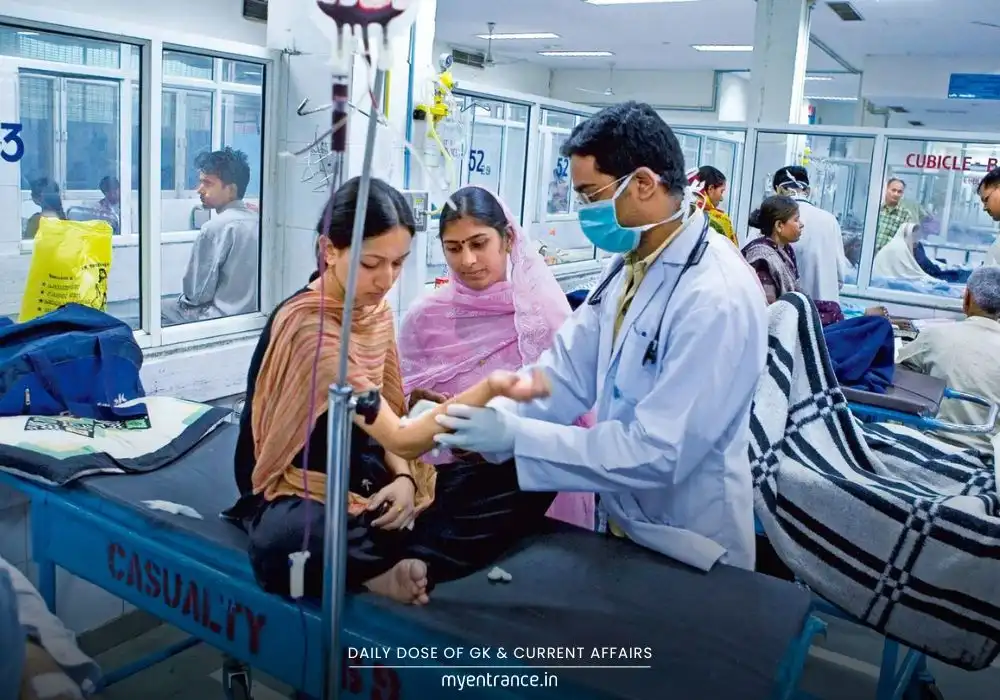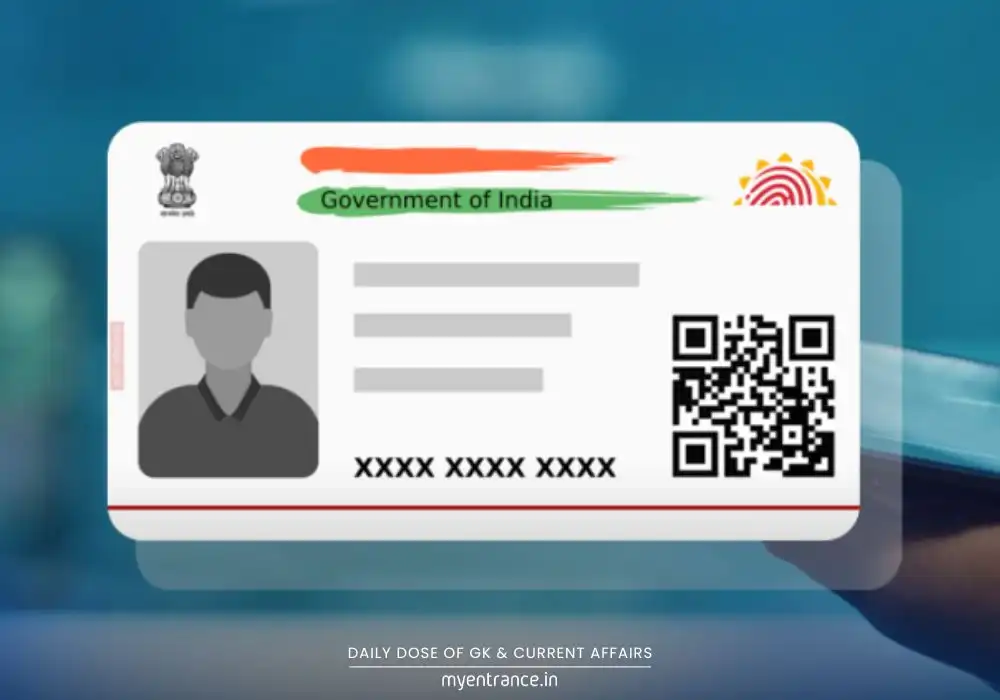Translate Language
What is ISTAND? How It’s Transforming Drug Discovery (Key for UPSC, SSC, PSC Exams)
The FDA’s ISTAND Initiative is transforming drug development by supporting cutting-edge tools like AI, wearables, and lab-free testing methods. Recently made permanent, this program ensures faster, more reliable drug approvals. For competitive exam aspirants (UPSC, SSC, PSC, etc.), understanding ISTAND is crucial as it reflects modern advancements in science and governance.

What is the ISTAND Initiative?
The Innovative Science and Technology Approaches for New Drugs (ISTAND) program was launched in 2020 as a pilot by the U.S. Food and Drug Administration (FDA). Its goal? To qualify new Drug Development Tools (DDTs) that don’t fit traditional regulatory frameworks.
Key Features of ISTAND:
Qualifies unconventional tools like AI algorithms, digital health devices, and advanced lab models.
Supports remote clinical trials (e.g., digital dermatology assessments).
Encourages non-animal testing (e.g., organ-on-a-chip technology).
Promotes transparency by publicly sharing approved tools for industry-wide use.
After nearly five successful years, ISTAND has transitioned into a permanent program, ensuring long-term regulatory support for innovators.
Why is ISTAND Important for Competitive Exams?
Government Policies & Scientific Advancements – Questions on FDA initiatives, AI in healthcare, and regulatory frameworks appear in UPSC, PSC, and SSC exams.
Ethical & Environmental Concerns – ISTAND promotes animal-free testing, a hot topic in ethics and sustainability discussions.
Digital India & Health Tech – With India pushing for AI and digital health, ISTAND’s model is relevant for KAS, NID, and NIFT aspirants.
Case Studies in Governance – ISTAND is an example of adaptive regulatory policies, useful for essay-type answers.
Questions & Answers for Exam Prep
Q1: What is the primary objective of the FDA’s ISTAND program?
Ans: The ISTAND program aims to qualify innovative Drug Development Tools (DDTs)—such as AI, digital health tech, and novel lab models—to accelerate drug discovery while ensuring regulatory compliance.
Q2: Name two examples of tools qualified under ISTAND.
Ans:
AI-based algorithms for drug target identification.
Organ-on-a-chip models for toxicity testing.
Q3: How does ISTAND benefit drug manufacturers?
Ans: It provides a clearer regulatory pathway, reducing uncertainty in adopting new technologies like wearables for clinical trials or AI for quality control.
Q4: Why is ISTAND relevant to ethical drug testing?
Ans: It promotes animal-free testing methods, aligning with global efforts toward ethical and sustainable research.
Q5: What makes ISTAND different from traditional FDA approval processes?
Ans: Unlike standard methods, ISTAND specifically supports unconventional tools (e.g., digital biomarkers, AI models) that lack existing regulatory guidelines.
The ISTAND Initiative is a milestone in modern drug development, blending AI, digital health, and ethical research. For UPSC, SSC, PSC, and other exam aspirants, grasping its impact helps in science & tech, governance, and current affairs sections. Stay updated with such innovations to ace your exams!
Need more exam-focused insights? Explore MyEntrance.in for mock tests, study tips, and latest exam trends!
Get 3 Months Free Access for SSC, PSC, NIFT & NID
Boost your exam prep!
Use offer code WELCOME28 to get 3 months free subscription. Start preparing today!















